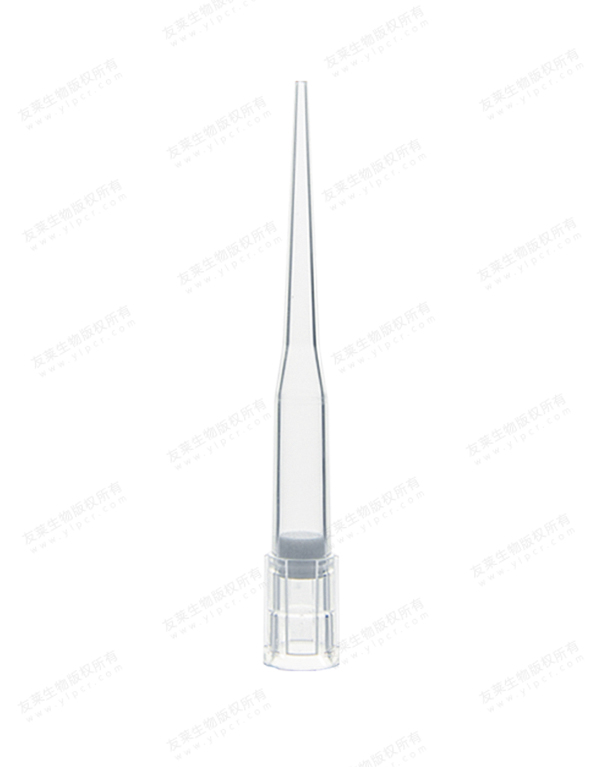Cryovial Tubes, or cryovial tubes, are key tools for storing and processing biological samples, especially in the fields of biomedicine and scientific research. They are mainly used to store cells, tissue samples, blood, and other biological materials at low temperatures to keep the biological properties of the samples unchanged. The scenarios for using Cryovial Tubes are wide and diverse, and the following are some of the main application areas:
Cell culture and storage: In cell biology research, Cryovial Tubes are used to preserve cell lines for a long time to ensure that the cells retain their original properties after recovery. Scientists usually freeze cell suspensions at -80°C or in liquid nitrogen to prevent cell damage and loss.
Tissue sample preservation: In histological research or clinical diagnosis, Cryovial Tubes are used to preserve tissue samples. These samples can be used for further analysis, such as genomics, proteomics research, etc. Cryopreservation helps maintain the integrity and biological activity of the samples.
Blood sample storage: In clinical laboratories and research institutions, Cryovial Tubes are used to store blood samples for hematology, immunology, or genetics research. Cryopreservation allows blood samples to maintain their properties before analysis, ensuring the accuracy of test results.
Drug development: During drug development, Cryovial Tubes are used to store and transport biological samples or experimental animal tissues for efficacy testing. Frozen conditions can prevent changes in samples during transportation and improve the reliability of research.
Biobanks: Biobanks use Cryovial Tubes to store large numbers of biological samples to provide resources for future research. Such sample banks support epidemiological research, disease prevention, and the development of treatments.
The design of Cryovial Tubes usually includes cryogenically resistant materials and well-sealed lids to ensure the safety of samples at extreme temperatures. In addition, for easy identification and tracking, Cryovial Tubes usually have a labeling area that allows users to mark sample information.

 English
English русский
русский 中文简体
中文简体

水印.jpg)


